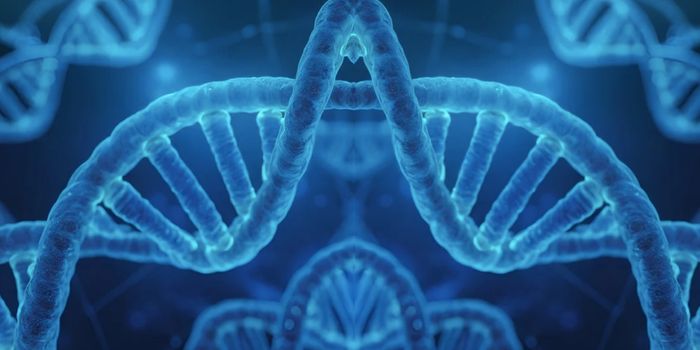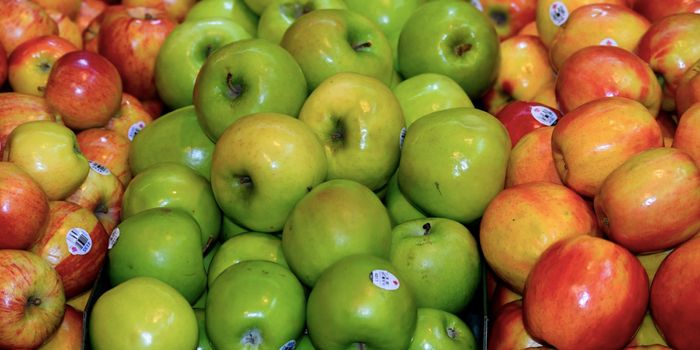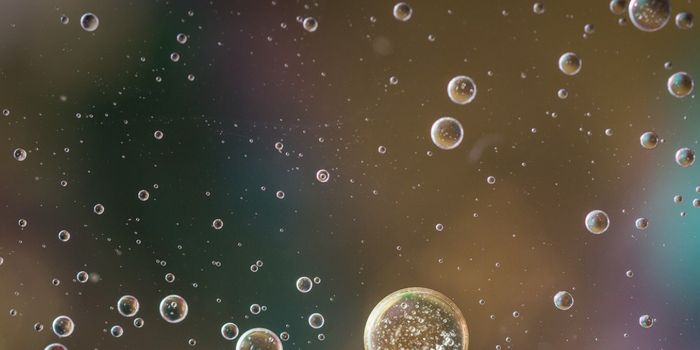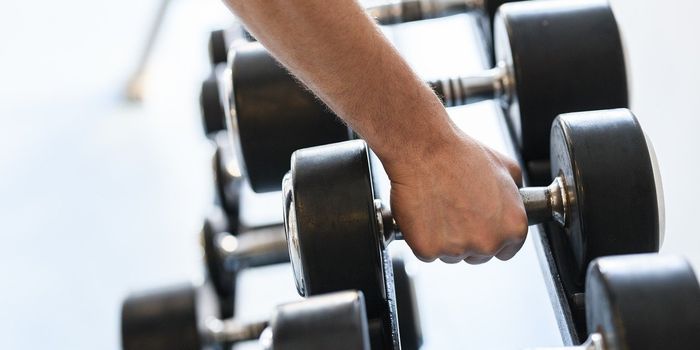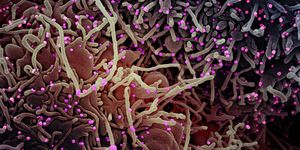Fat Droplets in Cells Help the Immune System Fight Infection
Scientists have found that our immune system has a surprising helper: droplets of fat that sit inside cells. While some bacterial pathogens that invade cells were thought to use the lipid droplets there as fuel, researchers determined that fat droplets can also be a weapon against germs. The work has been reported in Science.
“It was previously thought that bacteria were merely using the lipid droplets to feed on, but we have discovered these fatty droplets are involved in the battle between the pathogens and our cells,” said Professor Robert Parton of Institute for Molecular Bioscience at the University of Queensland (UQ). “Fat is part of the cell’s arsenal; cells manufacture toxic proteins, package them into the lipid droplets, then fire them at the intruders.
Pathogenic bacteria that can resist the effects of antibiotics are considered to be a growing threat to public health, and scientists have been looking for alternative ways to eliminate infections.
“This is a new way that cells are protecting themselves, using fats as a covert weapon, and giving us new insights into ways of fighting infection.”
In white blood cells that are infected by pathogenic microbes, fat droplets may act to attract the pathogen, as well as help immune proteins coordinate a response against it, noted the researchers. It may one day be possible to promote the natural mechanisms used by the body to defend people from infection.
“We showed that upon infection of white blood cells called macrophages, lipid droplets move to the part of the macrophage where the bacteria are present,” said Professor Matt Sweet, also of UQ.
Macrophages are part of the body's front line of defense against infection. In this study, the scientists showed that during bacterial infection, these white blood cells change their metabolism. The cells shift from oxidative phosphorylation to aerobic glycolysis, and the proteins they generate, or their proteome is altered.
“Lipid droplets can be used as a fuel source for mitochondria when there aren’t enough other nutrients,” explained Sweet. “During an infection, lipid droplets move away from the mitochondria and attack the bacteria instead, altering [the] metabolism of the cell.”
“Most people thought the lipid droplets were blobs of fat only useful for energy storage but now we are seeing that they act as metabolic switches in the cell, defend against infection and much more. There are now entire scientific conferences of researchers working on them,” added Parton.
“Our next step is to find out how the lipid droplets target the bacteria. By understanding the body’s natural defenses, we can develop new therapies that don’t rely on antibiotics to fight drug-resistant infections.”
Sources: The University of Queensland, Science

